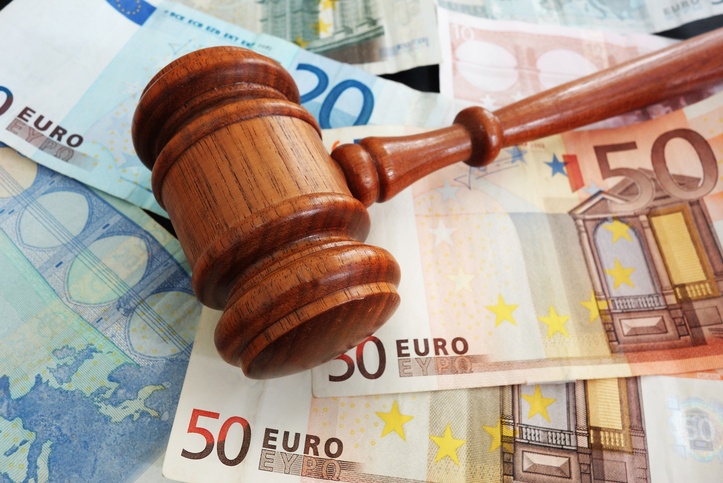 Otto von Bismarck once said, “Laws are like sausages: it is better not to see them being made.”
Otto von Bismarck once said, “Laws are like sausages: it is better not to see them being made.”
Like sausage and laws, arriving at a common technology standard is not for the faint of heart. Acronyms and esoteric terms make it particularly messy.
Standardized e-invoicing in Europe has been in process for a while now. According to the European Commission, “EU countries and the European Commission decided to introduce a European Standard for e-invoicing in response to the many e-invoice formats used across the EU. These varied formats cause unnecessary complexity and high costs for businesses and public entities.” The benefits of a common e-invoicing framework for business-to-business payment automation are significant; one study shows benefits of 40 billion Euro per year.
Once a standard is ubiquitous, its benefits become obvious and the sausage-making is quickly forgotten. What would email be without SMTP, POP3 and IMAP4? Or web pages without HTML and CSS? Or document publishing without PDF? Or music without MP3?
But until a standard hits the tipping point of market acceptance, the language and acronyms can be truly confusing. E-invoicing is no different, but we’re here to help. Here’s what you need to know …
First, Some Background
In 2010, the European Commission established a goal that by 2020 e-invoicing would be the main method of invoicing inside the EU. They issued a directive establishing the equivalency of paper and electronic invoices. The obstacles were significant: market fragmentation, multiple existing formats, lack of interoperability.
Directive 2014/55/EU (passed 16 April 2014) created a path to require electronic invoicing in public procurement by November 2018. (The e-invoicing initiative is a subset of broader E-Procurement Initiatives under the auspices of the European Commission.) While Directive 2014/55/EU only applies to public procurements, the scale of this market is expected to exert enormous pull on all B2B transactions.
Elements of the e-Invoicing Standard
Core elements of Directive 2014/55/EU are as follows (as summarized by Bartosz Dworak in EU initiatives to promote e-invoicing in Europe):
- Scope of the Directive:
- Only invoices covered by Public Procurement Directives
- Only invoices submitted to the public sector
- Covers all public authorities (national, regional, local)
- A new European e-invoicing standard creating a semantic data model for the core elements of an electronic invoice will be developed and tested by the European Committee for Standardization (CEN) – technically called CEN/TC 434.
- The new standard will:
- build on existing specifications developed by CEN and take into consideration other relevant e-invoicing systems and specifications (UN/CEFACT, ISO, etc.)
- not replace existing e-invoicing standards – national systems can continue to be used
- comply with provisions of Directive 2006/112/EC (VAT Directive)
- be compatible with international standards
- adaptable for use in B2B sector
- Once the e-Invoicing Directive 2014/55/EU has been transposed into the national laws of EU countries and the deadline for implementing the norm has passed, electronic invoices will be able to flow seamlessly across the EU. Member states must be able to receive and process electronic invoices that comply with the standard by 27 November 2018 (with some margin for adjustment based on the speed of the items that proceed it).
What Does This Actually Mean to You?
Of course, document management providers and customers have long reaped the benefits of e-invoicing and automated invoice processing. So why is this important now, and how should organizations prepare?
Obviously, if you’re engaged in public procurements, you will need to comply with the Directive. As the scale of compliant business grows in public procurements, core practices and standards will inevitably expand into all B2B transactions. Without doubt, the Directive will accelerate the digitization of business.
Most importantly, the Directive is a signal that organizations can no longer maintain a “someday” or “wait and see” approach to digital document management, the core technology in any e-invoicing solution.
How can a digital document management solution accelerate your company's invoicing standards? Request a personalized demo to see how DocuWare is helping thousands of companies across the globe take their business processes digital.



